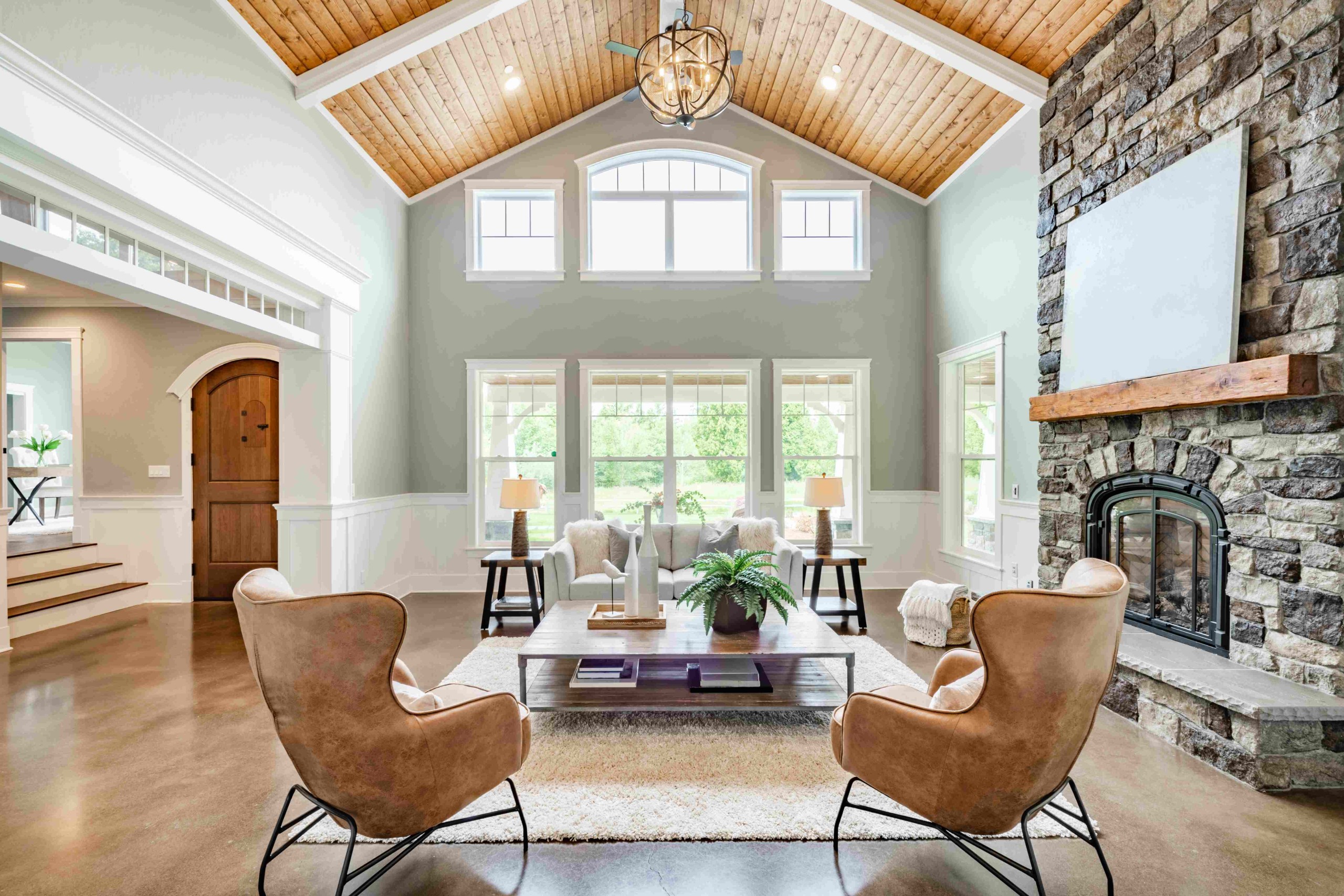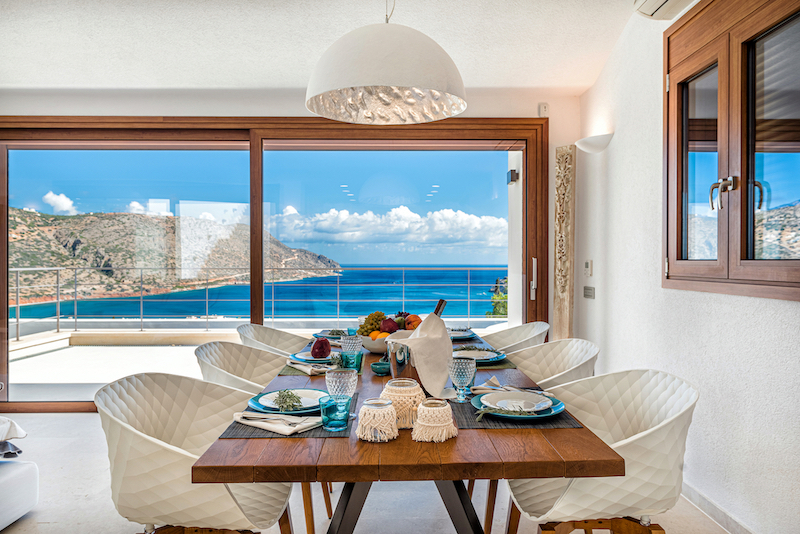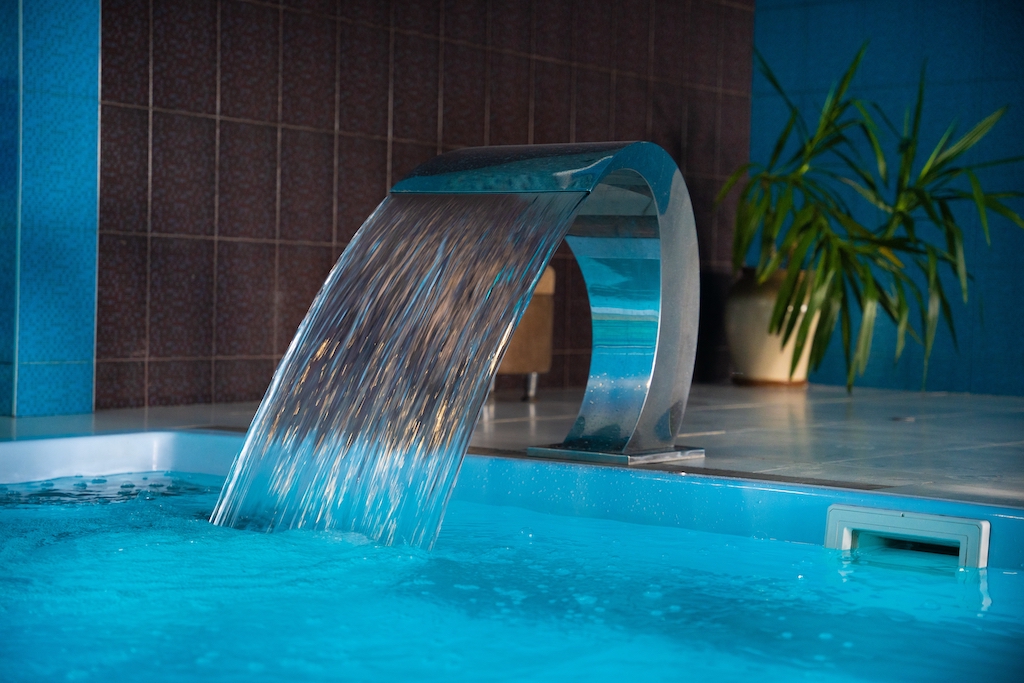Interior design is often perceived as a means to create visually appealing spaces. However, its significance extends far beyond aesthetics, influencing a room's functional aspects and its occupants' psychological well-being.

Photo Credit: Courtesy of Shutterstock
Functionality and Spatial Efficiency
Effective interior design is rooted in the principles of functionality and spatial efficiency. A well-designed interior maximizes the utility of a space, ensuring that every element serves a purpose. From the furniture arrangement to the selection of storage solutions, functionality is a crucial consideration that impacts how space is utilized.
Consider a small apartment, for instance. A skillfully designed interior can incorporate multifunctional furniture, such as sofas with hidden storage compartments or folding tables that can be expanded when needed. By optimizing space, interior design enhances the practicality of a setting, making it easier for individuals to navigate and engage with their surroundings.
Psychological Impact
Beyond its practical implications, interior design exerts a profound psychological influence on occupants. Numerous studies have highlighted the connection between our environment and our emotional well-being. A thoughtfully designed space can evoke emotions ranging from tranquility and comfort to stimulation and creativity.
Color palettes, for instance, play a significant role in shaping the psychological atmosphere of a room. Cool tones like blues and greens can promote a sense of calm and relaxation, while vibrant colors like reds and yellows can energize and invigorate. Texture and material selection also contribute to the sensory experience, with elements like natural wood fostering a warm and grounding ambiance.
Moreover, the arrangement of furniture and the flow of space can impact how individuals interact within a setting. Open layouts encourage social engagement and collaboration, while cozy nooks can provide a sense of privacy and introspection. By understanding the psychological implications of design choices, interior designers have the power to craft spaces that resonate with the emotions and needs of the occupants.
Wellness and Productivity
The influence of interior design extends to the realm of wellness and productivity. The design of spaces can either support or hinder physical health and even influence behaviors and habits. For instance, access to natural light has been shown to improve mood and regulate sleep patterns. Incorporating large windows and strategically placing workstations to maximize sunlight can contribute to the overall well-being of occupants.
In workplaces, a well-designed environment can significantly impact employee productivity and satisfaction. Ergonomic furniture, appropriate lighting, and well-organized layouts can create a conducive atmosphere for focused work. On the other hand, poorly designed spaces with uncomfortable furniture and inadequate lighting can lead to physical strain, reduced motivation, and ultimately hindered productivity.
By acknowledging the impact of design choices, we can create spaces that not only please the eye but also enrich the lives of those who inhabit them. Whether in homes, offices, or public spaces, interior design transcends mere decoration to become a transformative force that shapes how we live, work, and interact.





